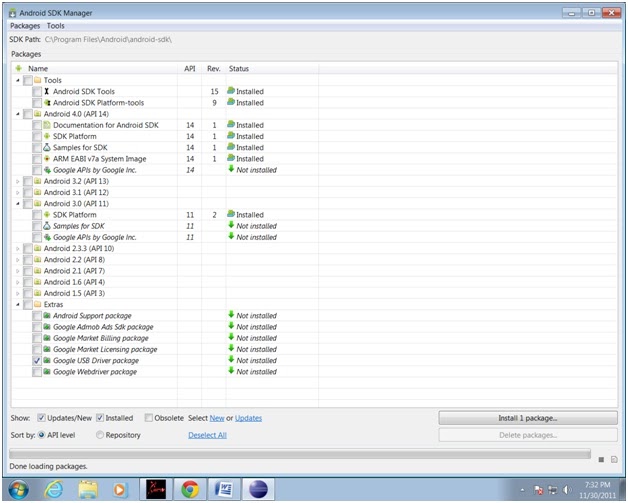
After the connector has started, restart the device emulation.

If it does not, stop the device by closing its window. The virtual device should appear in the mobile lab as an available test device. in the UFTM Device Lab, click refresh.

In the UFTM Agent, switch on the Service if needed.

Make sure your machine meets the requirements for Android Studio.I don’t know if I’m asking this question in an entirely ‘wrong’ comment section BUT, as you can tell: I’M CONFUSED and I don’t know where to get a specific answer to just this question.This section describes how to set up AVD (Android Virtual Device) emulators on a Windows server or connector machine. Whew! My question is: Using my android file manager, does the same apply? If I DL a zip as you’ve taught me above, and um confident it’s saved without damages, can I then delete the ZIP the file came in like on Windows? What about PDFs in DL folder- I guess I’d just move it right? But if I don’t save it elsewhere and FO ahead and delete in DLs, then I lose it, right? What about pictures? On my CPU in Windows, after I DL something, again of any type, and have saved it in its permanent home in my files, Windows let’s me delete the DL from wherever it was initially DLed to ( ? DLs folder ? ), or ‘somehow’ the DL goes away when I select and click delete yet I don’t lose my DLed files. (Bear with me please it’s a bit difficult for me to explain my android question with my baby-level CPU/Android knowledge my question initially begins with Windows DLs-as I understand them- but it is a means to be sure I understand how android DLs work).

I’ve been wondering about downloads of any type- zips, PDFs, jpeg, etc.


 0 kommentar(er)
0 kommentar(er)
